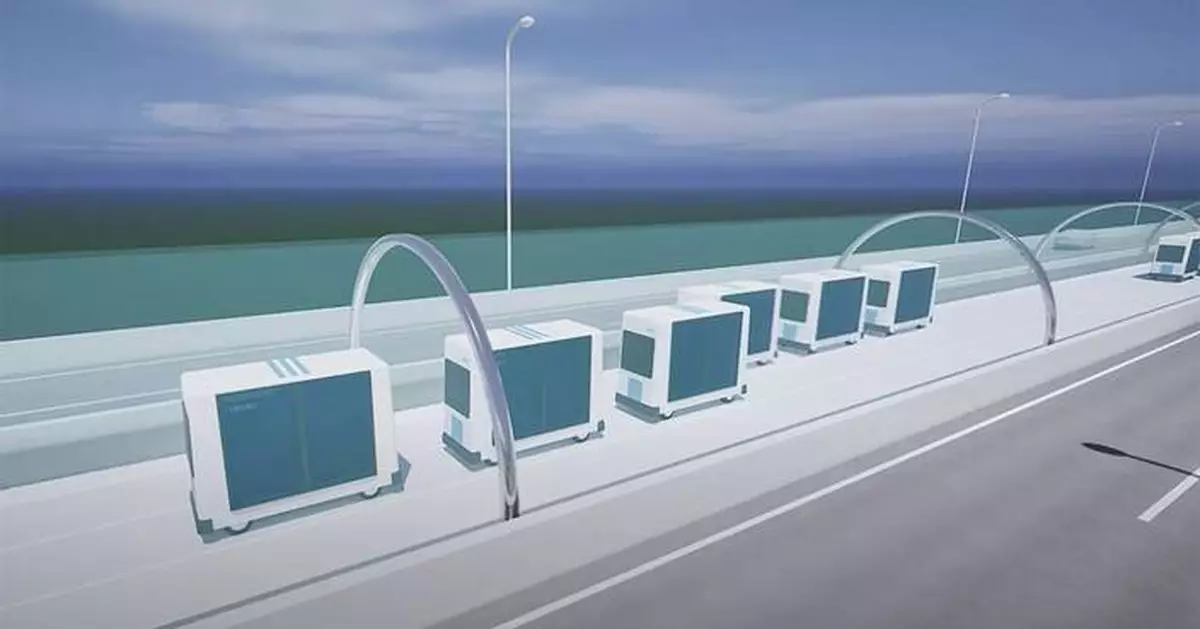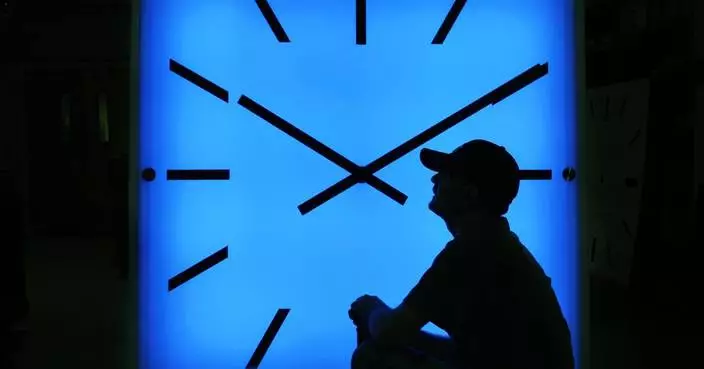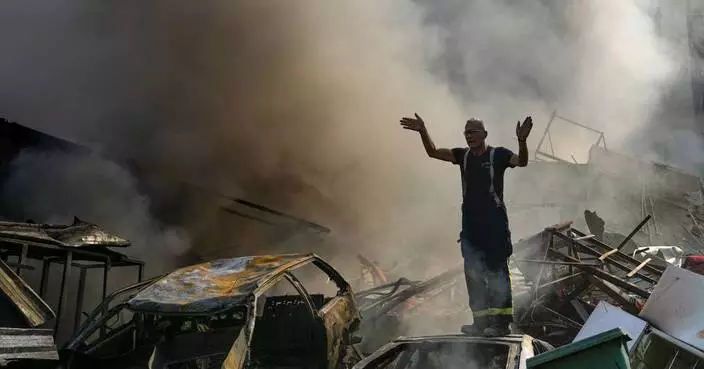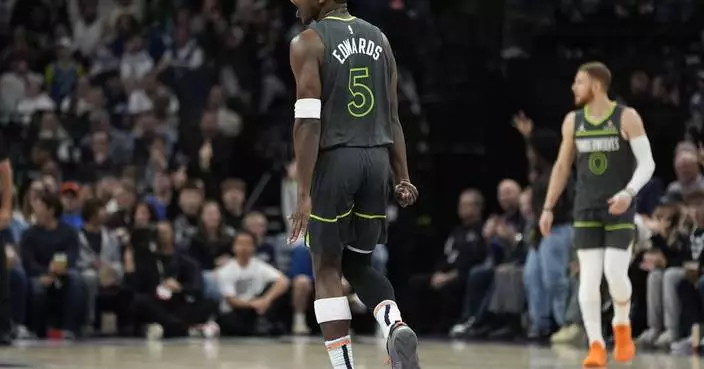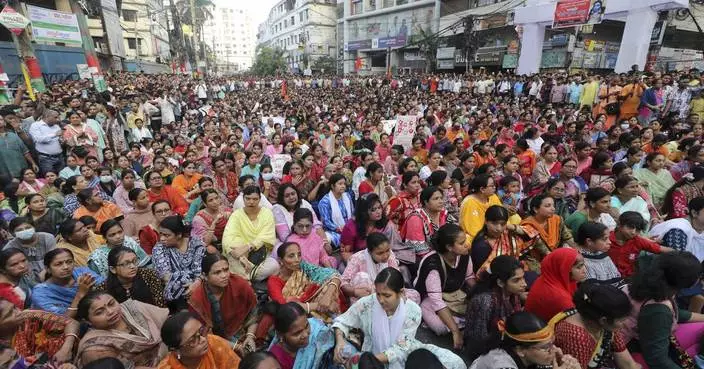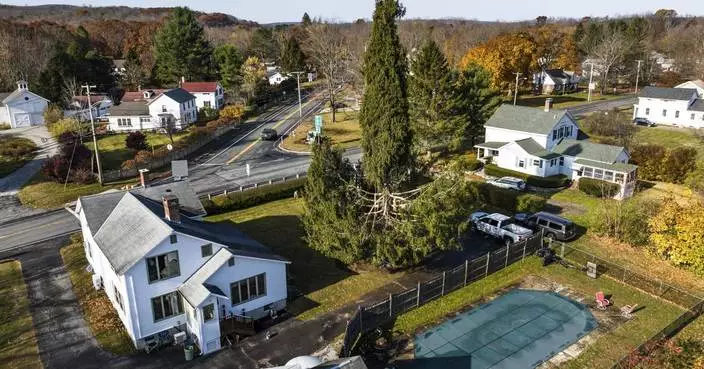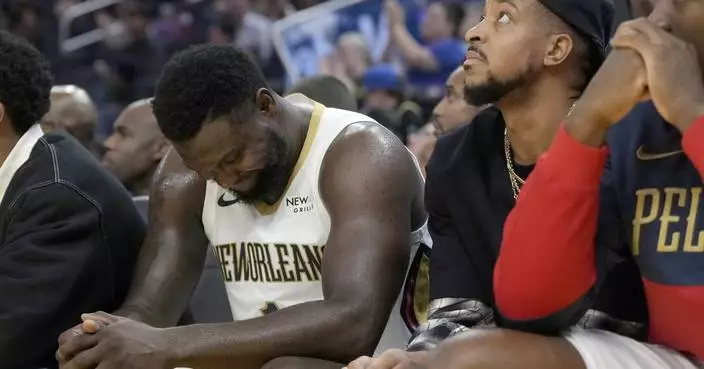TOKYO (AP) — Japan is planning to build an automated cargo transport corridor between Tokyo and Osaka, dubbed a “conveyor belt road” by the government, to make up for a shortage of truck drivers.
The amount of funding for the project is not yet set. But it's seen as one key way to help the country cope with soaring deliveries.
A computer graphics video made by the government shows big, wheeled boxes moving along a three-lane corridor, also called an “auto flow road,” in the middle of a big highway. A trial system is due to start test runs in 2027 or early 2028, aiming for full operations by the mid-2030s.
“We need to be innovative with the way we approach roads,” said Yuri Endo, a senior deputy director overseeing the effort at the Ministry of Land, Infrastructure, Transport and Tourism.
Apart from making up for a shrinking labor force and the need to reduce workloads for drivers, the system also will help cut carbon emissions, she said.
“The key concept of the auto flow-road is to create dedicated spaces within the road network for logistics, utilizing a 24-hour automated and unmanned transportation system,” Endo said.
The plan may sound like a solution that would only work in relatively low-crime, densely populated societies like Japan, not sprawling nations like the U.S. But similar ideas are being considered in Switzerland and Great Britain. The plan in Switzerland involves an underground pathway, while the one being planned in London will be a fully automated system running on low-cost linear motors.
In Japan, loading will be automated, using forklifts, and coordinated with airports, railways and ports.
The boxes measure 180 centimeters in height, or nearly six feet, and are 110 centimeters, or 3.6 feet, by 110 centimeters in width and length, about the size of a big closet.
The system, which is also intended for business deliveries, may be expanded to other routes if all goes well. Human drivers may still have to do last-mile deliveries to people's doors, although driverless technology may be used in the future.
Japan's shortage of truck drivers is worsening due to laws that took effect earlier this year that limit the amount of overtime drivers can log. That's seen as necessary to avoid overwork and accidents and to make the jobs tolerable, but in Japanese logistics, government and transportation circles, it’s known as the “2024 problem.”
Under current conditions, Japan's overall transport capacity will plunge by 34% by 2030, according to government estimates. The domestic transport capacity stands at about 4.3 billion metric tons, almost all, or more than 91%, by trucks, according to the Japan Trucking Association.
That's a fraction of what's moving in a massive country like the U.S. About 5.2 trillion ton-miles of freight are transported in the United States each year, and that's projected to reach more than 8 trillion ton-miles of freight by 2050. A ton-mile measures the amount of freight shipped and how far it’s moved, with the standard unit being one ton being moved one mile.
Demand for deliveries from online shopping surged during the pandemic, with users jumping from about 40% of Japanese households to more than 60%, according to government data, even as the overall population keeps declining as the birth rate falls.
As is true in most places, truck drivers have tough jobs requiring them to be on the road for days at a time, work that most jobseekers find unappealing.
In recent years, annual fatalities from delivery trucks crashing on roads have hovered at about 1,000 deaths. That's improved from nearly 2,000 deaths in 2010, but the Trucking Association, which groups some 400 trucking businesses and organizations in the nation, would like to make deliveries even safer.
The association is also urging consumers to hold back on delivery orders or at least bundle their orders. Some industry experts are urging businesses to limit free delivery offers.
Trucks carry about 90% of Japan’s cargo, and about 60% of Japan’s fresh produce, like fruits and vegetables, come from distant places requiring trucking, according to Yuji Yano, a professor at the Ryutsu Keizai University, which is funded? by deliveries giant Nippon Express Co., now called NX Holdings, and focuses on economics and liberal arts studies, including trucking problems.
“That means the 2024 problem isn’t just a transportation problem but really a people’s problem,” Yano said.
Yuri Kageyama is on X: https://x.com/yurikageyama
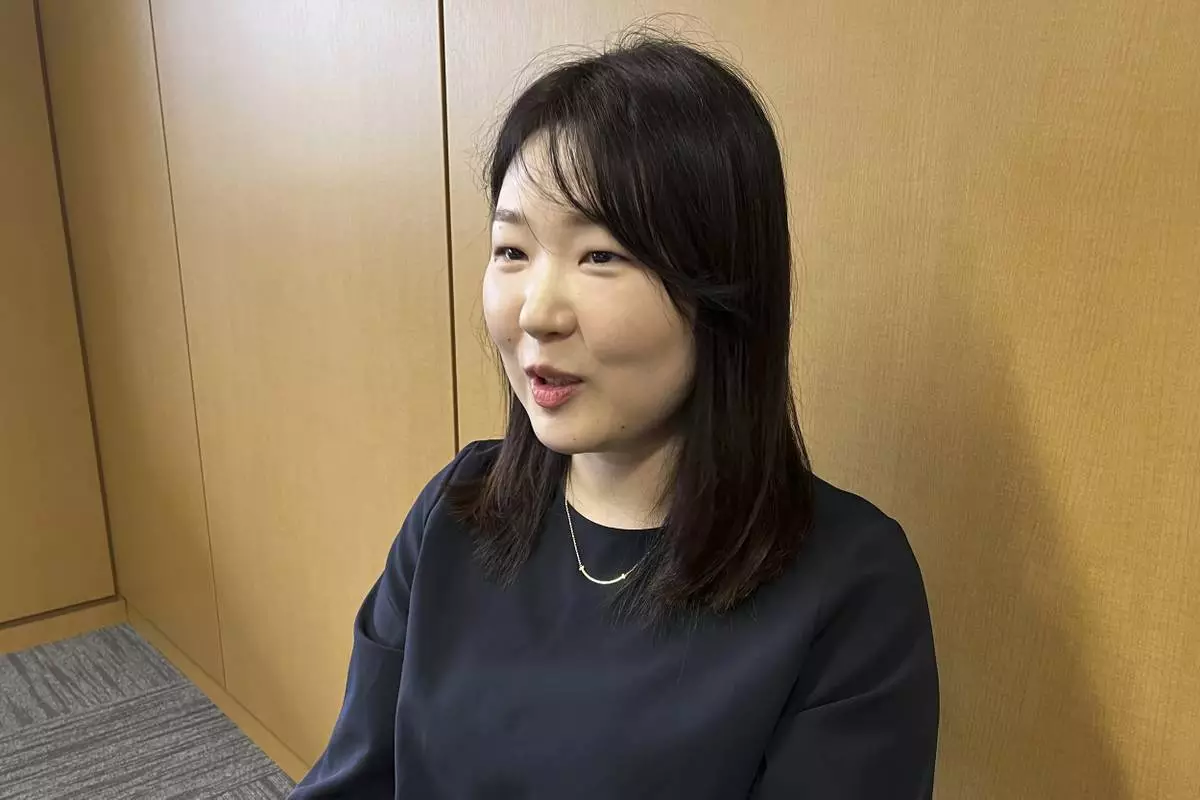
Yuri Endo, an official at the Ministry of Land, Infrastructure, Transport and Tourism, speaks with The Associated Press at the ministry office in Tokyo, Oct. 24, 2024. (AP Photo/Yuri Kageyama)
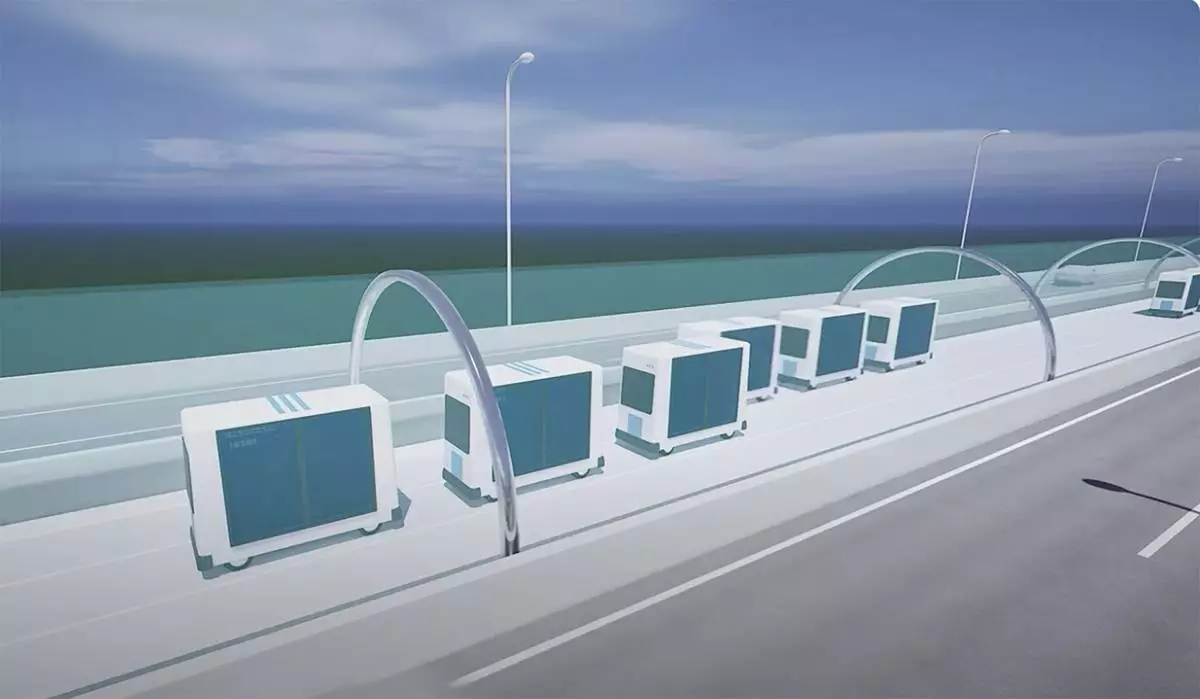
This illustration taken from the government's official YouTube video shows a conveyor belt road. (Japan's Ministry of Land, Infrastructure, Transport and Tourism via AP)
LOUISVILLE, Ky. (AP) — A federal jury on Friday convicted a former Kentucky police detective of using excessive force on Breonna Taylor during a botched 2020 drug raid that left her dead.
The 12-member jury returned the late-night verdict after clearing Brett Hankison earlier in the evening on a charge that he used excessive force on Taylor's neighbors.
It was the first conviction of a Louisville police officer who was involved in the deadly raid.
Some members of the jury were in tears as the verdict was read around 9:30 p.m. They had earlier indicated to the judge in two separate messages that they were deadlocked on the charge of using excessive force on Taylor, but chose to continue deliberating. The six man, six woman jury deliberated for more than 20 hours over three days.
Taylor's mother, Tamika Palmer, celebrated the verdict with friends outside the federal courthouse, saying: “It took a lot of time. It took a lot of patience. It was hard. The jurors took their time to really understand that Breonna deserved justice.”
Hankison fired 10 shots into Taylor's glass door and windows during the raid, but didn't hit anyone. Some shots flew into a next-door neighbor's adjoining apartment.
The death of the 26-year-old Black woman, along with the May 2020 police killing of George Floyd in Minneapolis sparked racial injustice protests nationwide.
Bernice King, the daughter of Martin Luther King Jr., called the verdict "a long-awaited moment of accountability."
“While it cannot restore Breonna to her family, it represents a crucial step in the pursuit of justice and a reminder that no one should be above the law,” King said in a social media post Friday night.
A separate jury deadlocked on federal charges against Hankison last year, and he was acquitted on state charges of wanton endangerment in 2022.
The conviction against Hankison carries a maximum sentence of life in prison. He will be sentenced on March 12 by U.S. District Judge Rebecca Grady Jennings.
Hankison, 48, argued throughout the trial that he was acting to protect his fellow officers after Taylor’s boyfriend, Kenneth Walker, fired on them when they broke down Taylor’s door with a battering ram.
This jury sent a note on Thursday to the judge asking whether they needed to know if Taylor was alive as Hankison fired his shots.
That was a point of contention during closing arguments, when Hankison’s attorney Don Malarcik told the jury that prosecutors must “prove beyond a reasonable doubt that Ms. Taylor was alive” when Hankison fired.
After the jury sent the question, Jennings urged them to keep deliberating.
Walker shot and wounded one of the officers. Hankison testified that when Walker fired, he moved away, rounded the corner of the apartment unit and fired into Taylor’s glass door and a window.
Meanwhile, officers at the door returned Walker’s fire, hitting and killing Taylor, who was in a hallway.
Hankison’s lawyers argued during closing statements Wednesday that Hankison was acting properly “in a very tense, very chaotic environment” that lasted about 12 seconds. They emphasized that Hankison’s shots didn’t hit anyone.
Hankison was one of four officers charged by the U.S. Department of Justice in 2022 with violating Taylor’s civil rights. Hankison's verdict is the second conviction from those cases. The first was a plea deal from a former officer who was not at the raid and became a cooperating witness in another case.
Malarcik, Hankison’s attorney, spoke at length during closing arguments about the role of Taylor’s boyfriend, who fired the shot that hit former Sgt. John Mattingly at the door. He said Walker never tried to come to the door or turn the lights on as police were knocking and instead armed himself and hid in the dark.
“Brett Hankison was 12 inches away from being shot by Kenneth Walker,” Malarcik said.
Prosecutors said Hankison acted recklessly, firing 10 shots into doors and a window where he couldn’t see a target.
They said in closing arguments that Hankison “violated one of the most fundamental rules of deadly force: If they cannot see the person they’re shooting at, they cannot pull the trigger.”
Neither of the officers who shot Taylor — Mattingly and former Detective Myles Cosgrove — were charged in Taylor’s death. Federal and state prosecutors have said those officers were justified in returning fire, since Taylor’s boyfriend shot at them first.
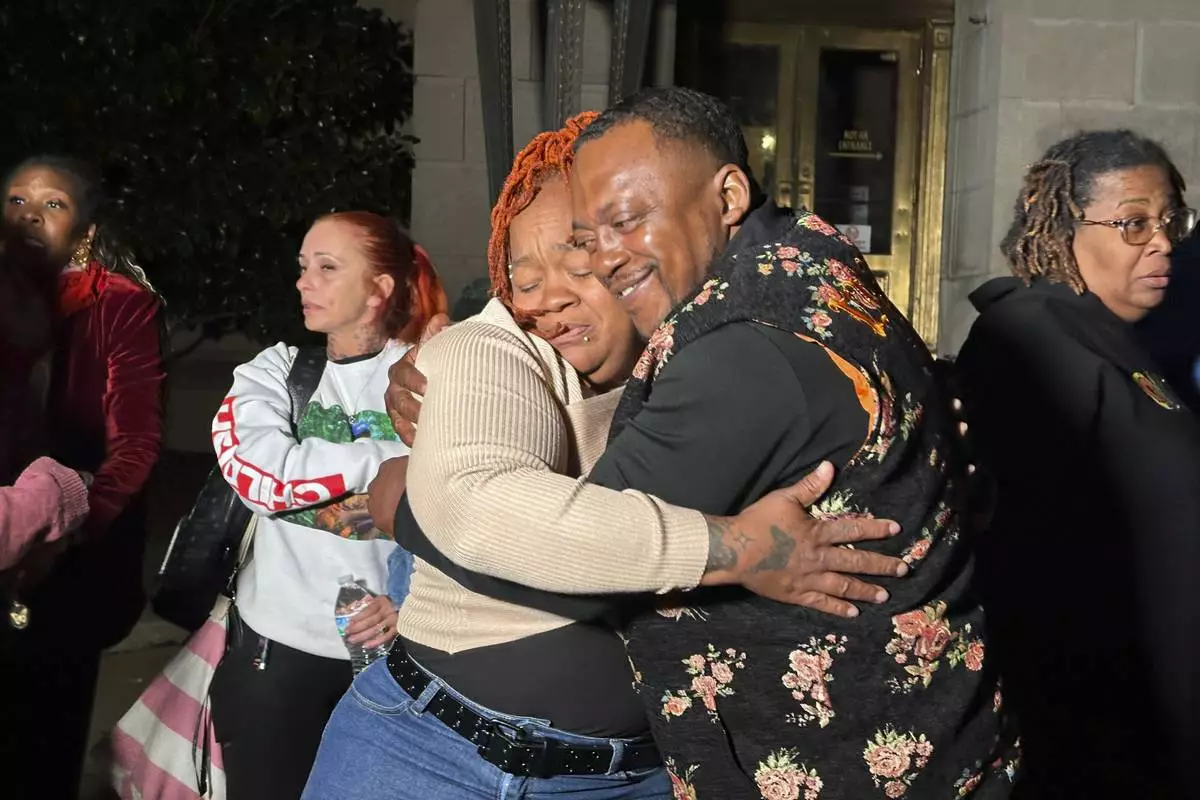
Breonna Taylor's mother, Tamika Palmer, center left, hugs a friend in Louisville, Ky., Friday, Nov. 1, 2024, after a former Kentucky police officer was convicted in federal court for using excessive force when he fired his gun during the deadly raid that left Taylor dead in 2020. (AP Photo/Dylan Lovan)
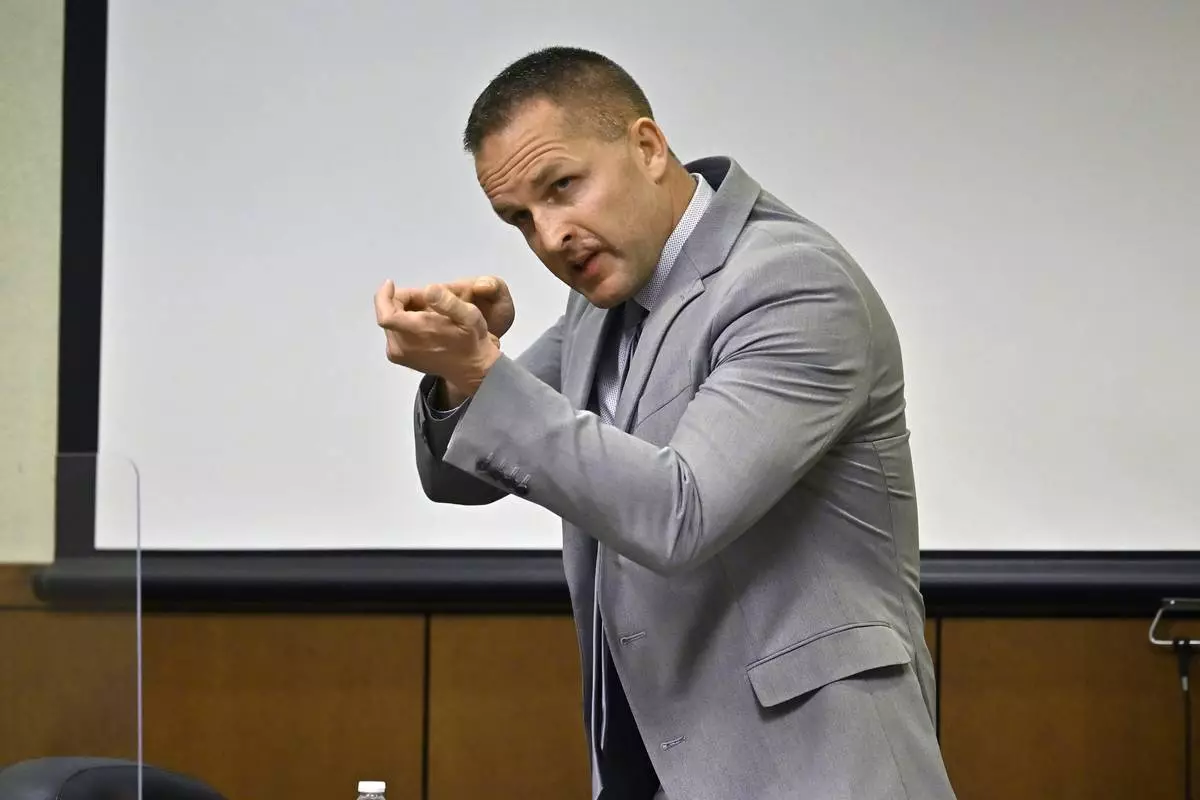
FILE - Former Louisville Police officer Brett Hankison describes what he saw in the apartment of Brionna Taylor during testimony Wednesday, March 2, 2022, in Louisville, Ky. (AP Photo/Timothy D. Easley, Pool, File)
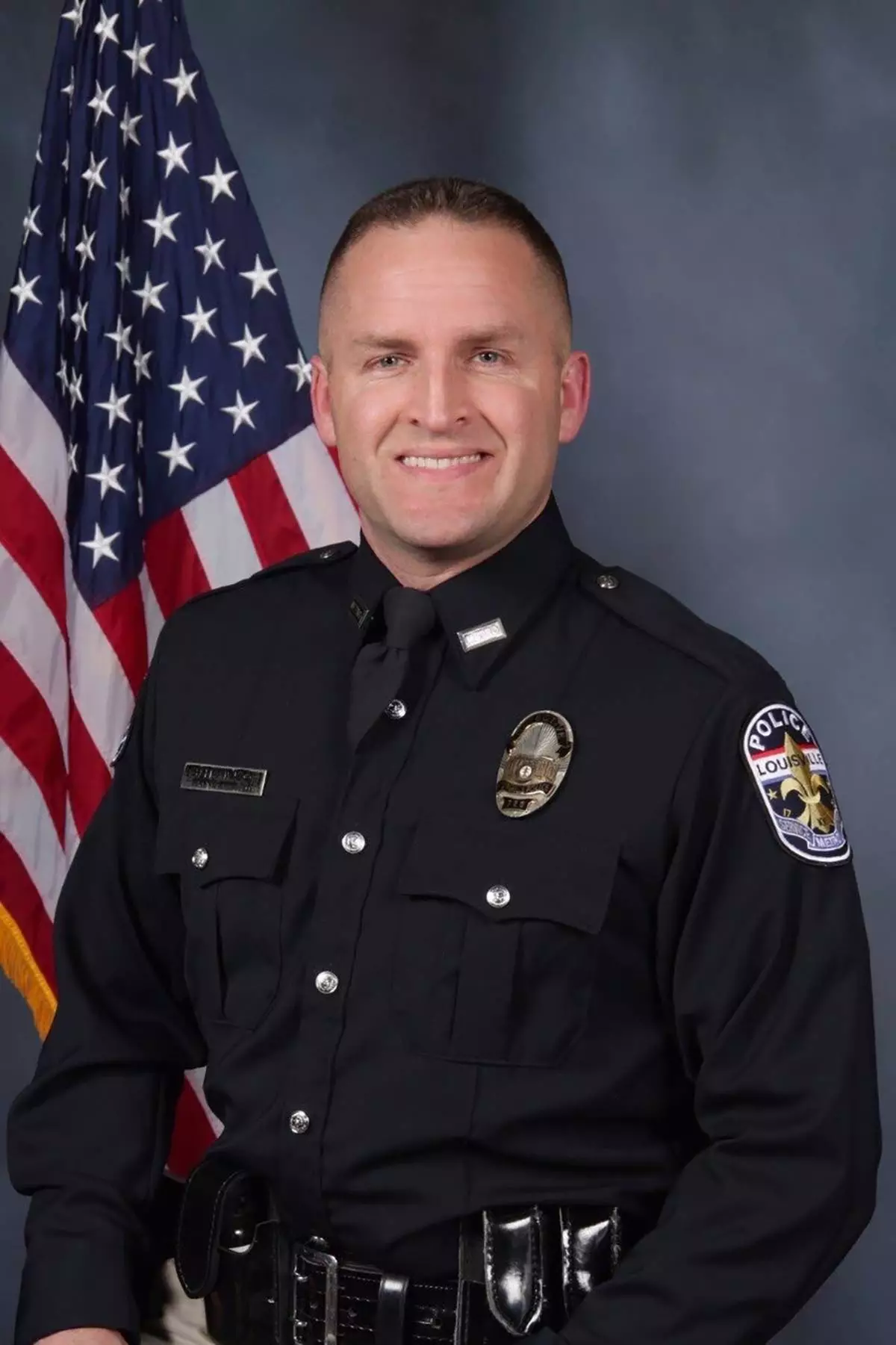
FILE - This photo provided by the Louisville Metro police department shows officer Brett Hankison. (Louisville Police Department via AP, File)




